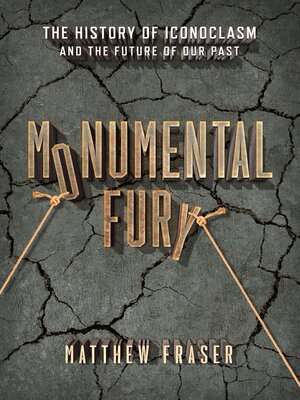
Sign up to save your library
With an OverDrive account, you can save your favorite libraries for at-a-glance information about availability. Find out more about OverDrive accounts.
Find this title in Libby, the library reading app by OverDrive.



Search for a digital library with this title
Title found at these libraries:
| Loading... |
Recent years in America have seen Confederate monuments toppled, statues of colonizers vandalized, and public icons commemorating figures from a history of exploitation demolished. Some were alarmed by the destruction, claiming that pulling down public statues is a negation of an entire cultural heritage. For others, statue-smashing is justified vandalism against a legacy of injustice. Monumental Fury confronts the long-neglected questions of our relationship with statues, icons, and monuments in public spaces, providing a rich historical perspective on iconoclastic violence.
Organized according to specific themes that provide insights into the erection and destruction of statues — from religion, war, and revolution to colonialism, ideology, art, and social justice — author Matthew Fraser examines the implications of our monuments from the Buddhas of Bamiyan to those of Napoleon Bonaparte, Abraham Lincoln, Robert E. Lee, Vladimir Lenin, and many more. Above all, the book endeavors to frame moments of statue-toppling throughout history so we can better understand the eruptions of iconoclastic violence that we are witnessing today.
Statues are erected as expressions of power, and the impulse to destroy them is motivated by a desire to defy, reject, and eradicate their authority. However, the symbolic power of statues can stubbornly persist even after their destruction. This enduring paradox — between destruction and resurrection – is at the heart of this book.
Fraser concludes with reflections that propose new ways of thinking about our relationship with statues and monuments and, more practically, about how we can creatively integrate their legacy into our collective memory in a way that inclusively enriches shared historical experience.






